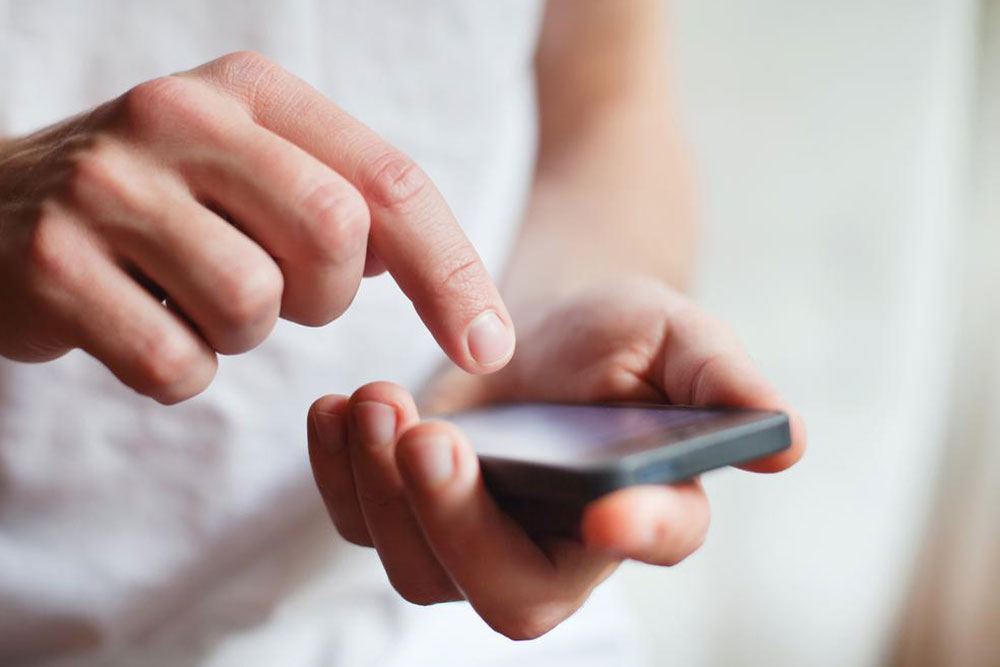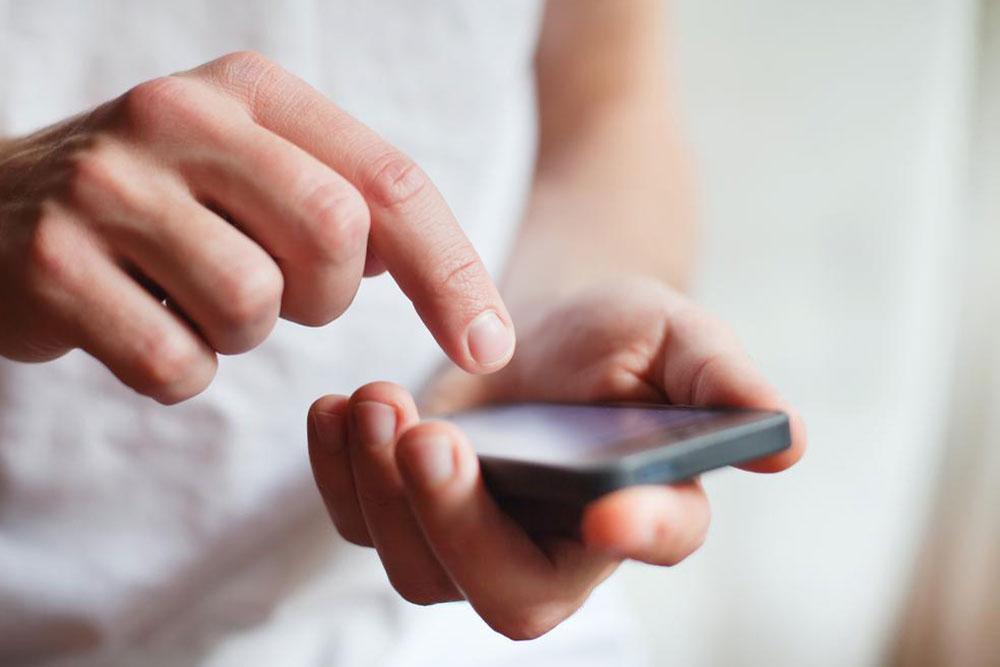Comprehensive Guide to Finding Your Lost Mobile Phone: Proven Strategies and Tools
Discover comprehensive methods to locate your lost mobile device using GPS, network signals, Wi-Fi positioning, and hybrid tracking systems. This guide provides detailed steps for effective device recovery and tips to prevent future loss. Equip yourself with essential knowledge to protect your personal data and increase your chances of finding your phone quickly, whether it's lost nearby or distant. Stay informed about the latest tracking tools and security measures for both Android and iOS devices, ensuring you're always prepared for emergencies.

Comprehensive Guide to Finding Your Lost Mobile Phone: Proven Strategies and Tools
Losing your mobile device can be a frustrating and stressful experience, especially when it contains sensitive personal data or important contacts. Fortunately, advancements in mobile technology have made it easier than ever to locate a missing smartphone or tablet. By leveraging a combination of GPS technology, cellular network data, Wi-Fi positioning, and specialized tracking apps, you can dramatically increase your chances of recovering your lost device. This comprehensive guide covers all effective methods to locate your missing mobile device, whether it's lost nearby or far away.
Understanding the various tracking techniques is essential. Modern smartphones are equipped with multiple sensors and communication modules — including GPS, cellular antennas, Wi-Fi, and Bluetooth — which collectively provide multiple avenues to find your device. The process may vary depending on your device type (Android or iOS), the services you have enabled, and whether your device is powered on or offline. This detailed overview helps you choose the best approach based on your specific situation.
Different Methods for Tracking a Missing Mobile Phone
There are several effective methods to locate a misplaced mobile device, each with their advantages and limitations. The choice of method often depends on the device's connectivity status, whether features like GPS and location services are enabled, and your access to associated accounts or software. Here's a closer look at the most reliable tracking techniques:
Network-Based Location Tracking
When your mobile phone connects wirelessly to cellular networks, it communicates with nearby cell towers. This connection allows network providers to estimate the device's position based on the signal strength and the location of the cell towers it is using. Though this method offers less precision than GPS, it can still significantly narrow down the device's location to a specific area or neighborhood.
For instance, if your phone is connected to a particular tower station, you can identify the approximate vicinity. Modern tracking systems enhance this method by analyzing signal data from multiple towers, leading to a rough geographic estimate. This technique is particularly useful when GPS services are disabled or the device is out of battery but still connected to the network.
The cellular network-based approach is often a first step in locating a lost device. Service providers and law enforcement agencies can access tower data, provided they have the necessary authorization. For individual users, some devices and apps provide built-in options that harness network signals indirectly to assist in locating the device.
SIM Card and Radio Signal Tracking
Even if the device's radio transmission is turned off, the SIM card can sometimes be used to facilitate tracking because it retains connectivity with the cellular network. By collecting radio measurements from the SIM card, service providers or authorized apps can make educated guesses about the device’s location. This method is less precise but may still provide valuable leads in locating your missing phone.
Wi-Fi Positioning System (WPS)
Wi-Fi positioning takes advantage of nearby Wi-Fi networks, especially in urban environments where such networks are plentiful. Crowdsourced data from Wi-Fi hotspots can be used to triangulate the device's position, thereby helping locate it even when cellular signals are weak or unavailable. Many smartphones use Wi-Fi positioning automatically if location services are enabled, integrating this data with GPS to enhance accuracy.
Hybrid Location Tracking
The most effective approach combines multiple data sources—GPS, network cell tower signals, and Wi-Fi access points—to generate a comprehensive and accurate location estimate. This hybrid system takes advantage of the strengths of each method, compensating for their individual limitations and providing near-real-time tracking updates.
Step-by-Step Guide to Tracking Your Phone Using GPS
If your device is equipped with GPS and you have enabled the necessary location sharing features, locating your phone becomes a straightforward process. Here’s a step-by-step guide to utilize GPS tracking effectively:
Step 1: Ensure your device has GPS enabled and is connected to the internet.
Step 2: Use a trusted device or desktop to access a device tracking service such as Google Find My Device (Android) or Find My iPhone (Apple).
Step 3: Sign in with your account credentials linked to your missing device—Google Account for Android or Apple ID for iOS.
Step 4: Initiate the tracking process; the service will attempt to locate the device by fetching its last known position. If GPS is active, a precise location will be displayed on the map.
Step 5: Utilize available options:
Ring the device to find it nearby, especially useful if it's lost somewhere inside your home or nearby.
Lock the device remotely to prevent unauthorized access, optionally displaying a custom message or contact number.
Erase all data if you suspect theft or cannot recover the device, protecting personal information from misuse.
Using GPS-based tracking services is highly effective, especially when your device is powered on and has an active internet connection. These services also offer additional features like locking, ringing, or wiping your device remotely, increasing security and the likelihood of recovery.
Additional Tips for Preventing Future Loss
While knowing how to locate a lost device is crucial, taking proactive steps can reduce the chances of losing your phone in the first place:
Enable device tracking features immediately after setting up your phone. This includes activating 'Find My Device' on Android or 'Find My' on iOS.
Regularly update your device software to ensure compatibility with latest tracking features.
Secure your device with a screen lock, PIN, or biometric authentication to prevent theft or unauthorized access.
Register your device's IMEI number with your carrier and local authorities, which can assist in recovery if stolen.
Avoid leaving your phone unattended in public places, and use accessories like lanyards or phone cases with secure grips.
In summary, whether your phone is lost at home, in your car, or somewhere outside, leveraging modern tracking tools and techniques can dramatically enhance your chances of recovery. Stay prepared by enabling built-in features and understanding the different methods available, so you're never completely helpless in the event of a device loss.





